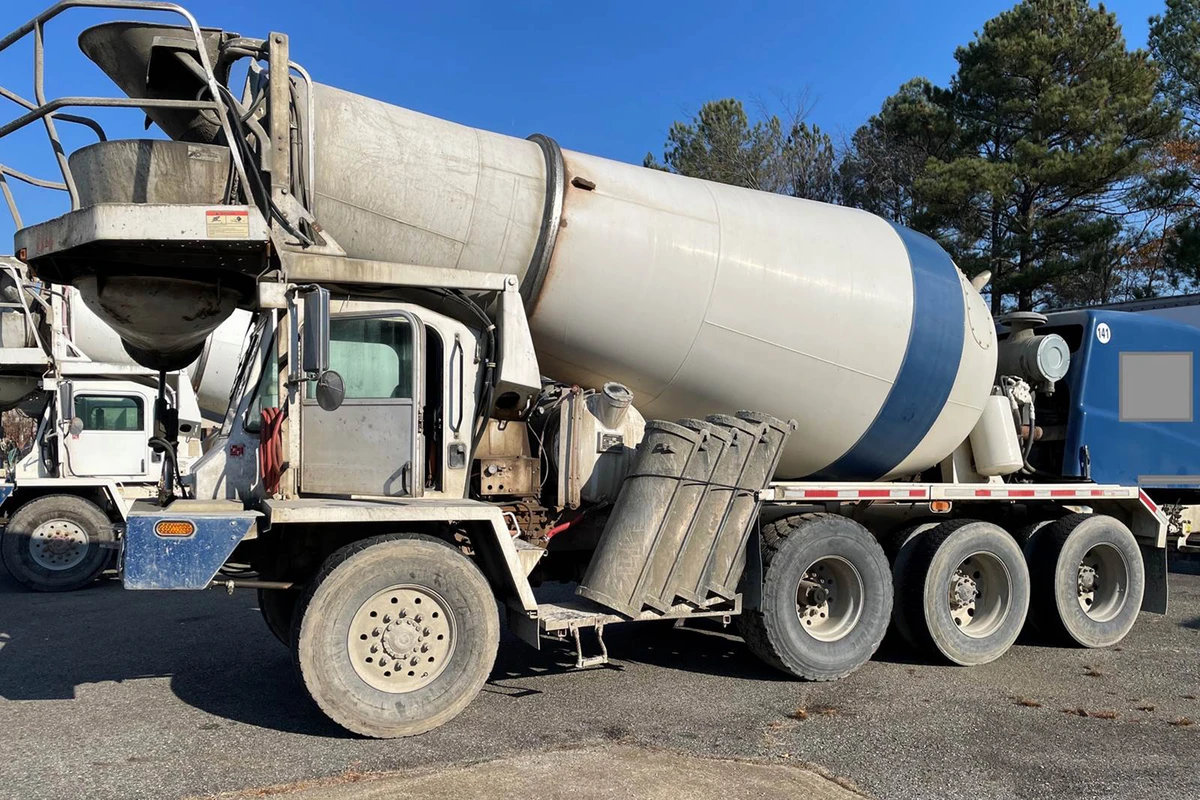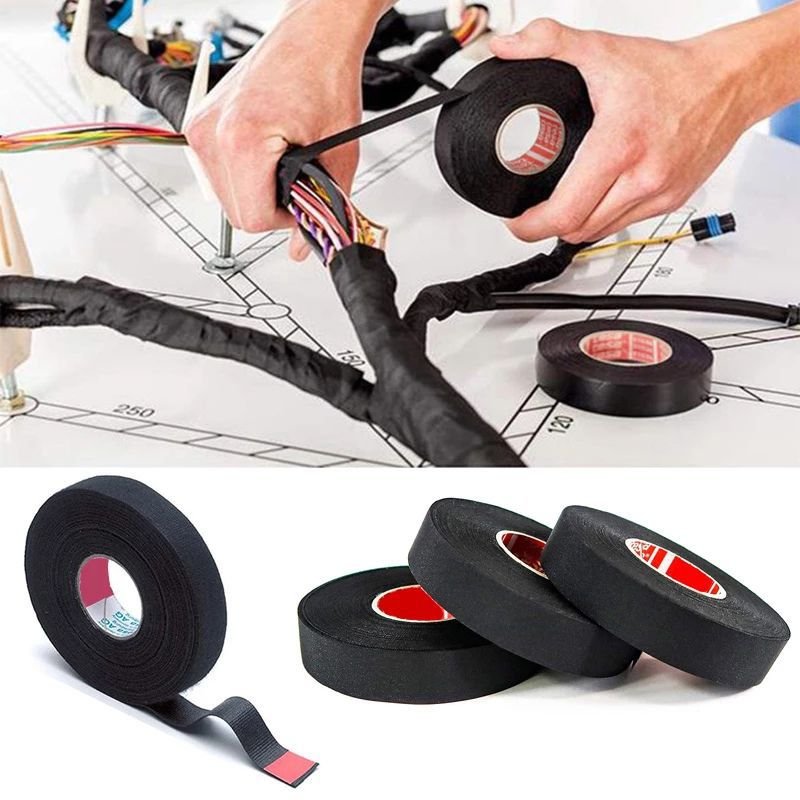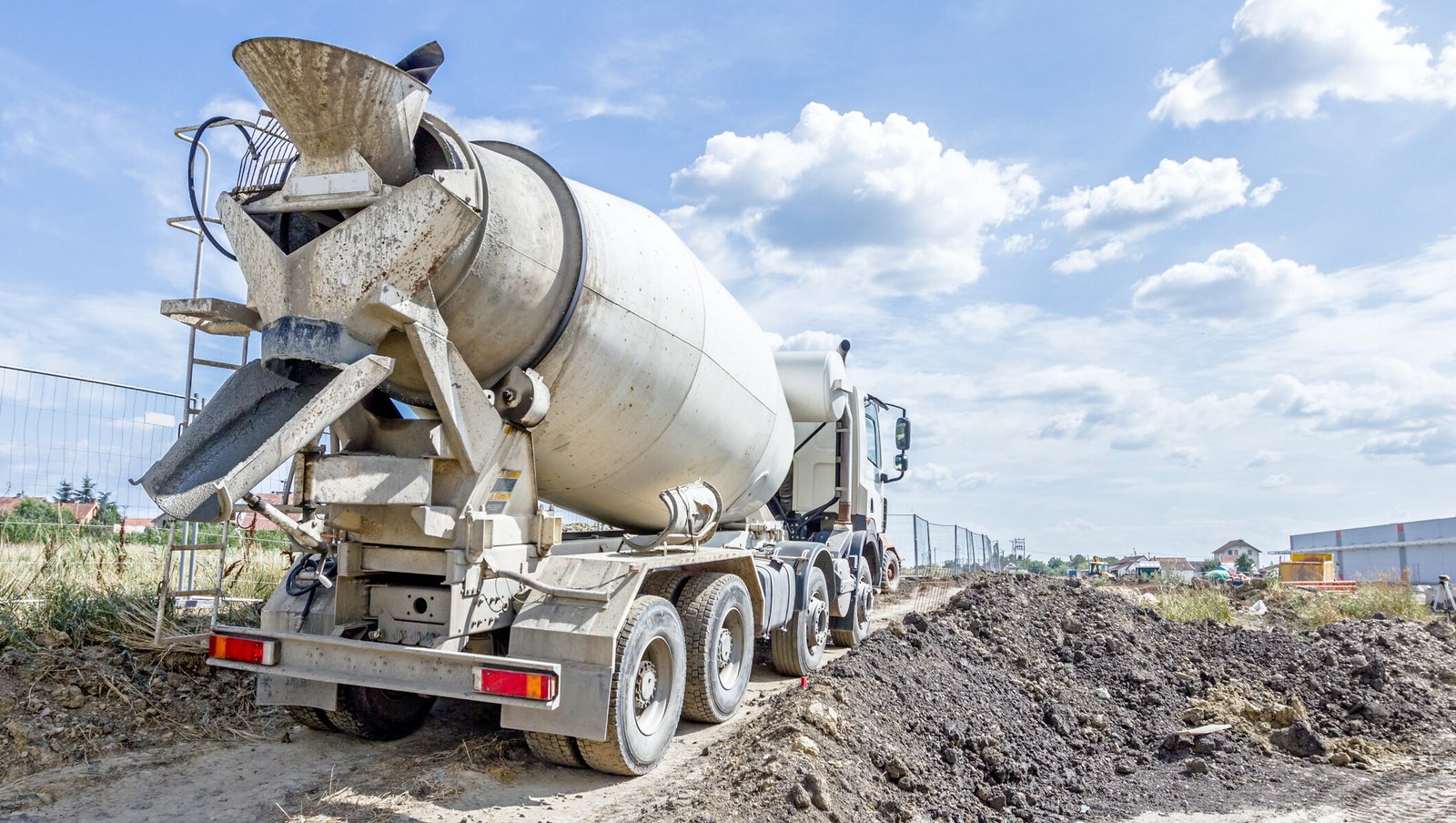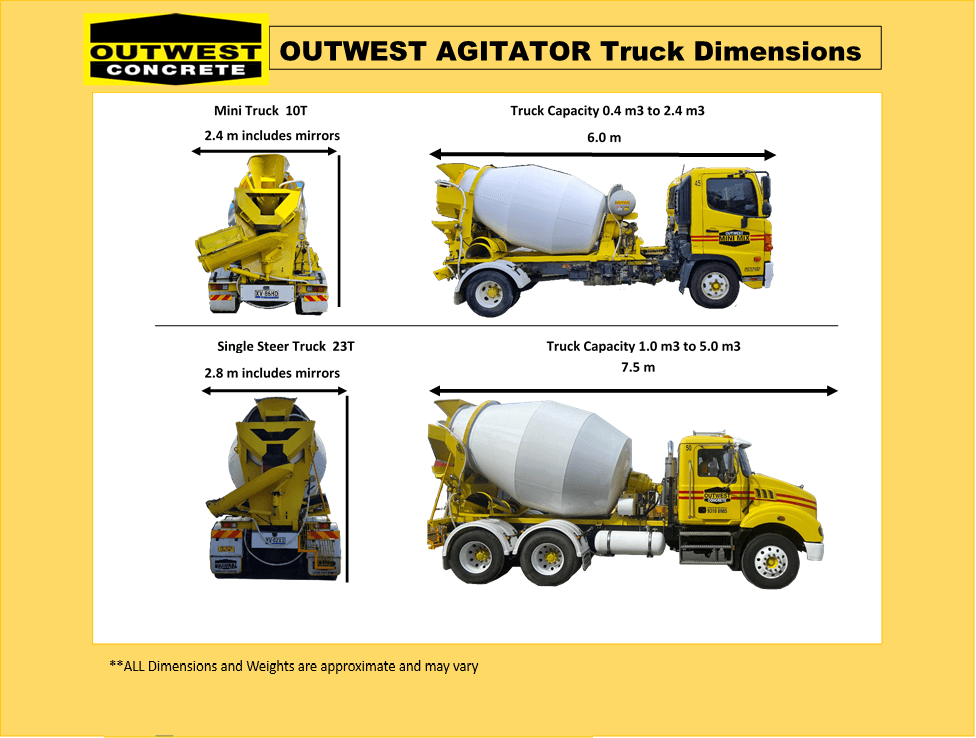When you’re planning a construction project—whether it’s a driveway, patio, or foundation—knowing how many yards a concrete truck holds is crucial. Order too little, and you’ll face delays. Order too much, and you’ll waste money and material. This guide breaks down everything you need to know about concrete truck capacity, types, load limits, and how to calculate the right amount for your job.
Understanding Concrete Truck Capacity
Concrete is measured in cubic yards, the standard unit used to describe volume in construction. One cubic yard equals 27 cubic feet or roughly the volume of a 3 ft x 3 ft x 3 ft cube.
A standard concrete truck typically carries 8 to 10 cubic yards of concrete. However, this capacity can vary based on truck size, model, and weight restrictions on local roads.
Here’s a quick breakdown:
| Truck Type | Capacity (Cubic Yards) | Usage |
| Mini Mixer Truck | 3–4 cubic yards | Small residential projects |
| Standard Mixer Truck | 8–10 cubic yards | Driveways, patios, foundations |
| Large Commercial Mixer | 12–14 cubic yards | Large-scale industrial pours |
| Volumetric Mixer Truck | Adjustable up to 10+ cubic yards | Custom mix on-site projects |
Pro Tip: Always check with your local ready-mix supplier. Some regions restrict truck weight, which directly affects how much concrete a truck can legally carry.
How Concrete Truck Size Affects Delivery
Truck size isn’t just about capacity—it also affects maneuverability and cost. A smaller truck can access tight spaces, but it may require multiple trips. A larger truck, while more efficient for big pours, may struggle to fit into residential driveways or narrow streets.
Here’s how different truck sizes compare:
| Truck Type | Length (Feet) | Width (Feet) | Weight (Tons, Loaded) |
| Mini Truck | 20–22 | 8 | 20–25 |
| Standard Truck | 25–30 | 8.5 | 35–40 |
| Large Truck | 30–35 | 9 | 45–50 |
A standard truck’s drum rotates continuously during transport to keep the mix from hardening. The constant motion ensures your concrete stays workable upon arrival.
Calculating How Much Concrete You Need
Before ordering, you must calculate your project’s volume in cubic yards. Use this simple formula:
Size (ft) multiplied by Breadth (ft) multiplied by Height (ft) divided by 27 equals Volume in Cubic Yards
Example:
If you’re pouring a driveway that’s 20 ft long, 10 ft wide, and 4 inches (0.33 ft) deep:
20 multiplied by 10 multiplied by 0.33 divided by 27 equals 2.44 cubic yards
Always round up slightly to account for spillage and uneven ground. It’s better to have 0.5 yards extra than to come up short in the middle of your pour.
Factors That Affect Concrete Truck Loads
Several factors determine how much concrete a truck can carry on a given day:
- Weight Regulations: Local transportation laws limit truck loads to prevent road damage.
- Mix Type: High-density mixes (like reinforced concrete) weigh more and reduce total yard capacity.
- Distance to Site: Longer distances require more water-retaining admixtures, which slightly affect volume.
- Weather Conditions: In hot weather, mix design may change to prevent premature hardening.
- Job Site Access: Narrow or uneven sites might restrict truck size, limiting yardage per trip.
Different Types of Concrete Trucks
Let’s look at the main truck types you’ll encounter and their pros and cons:
1. Transit Mixers (Standard Ready-Mix Trucks)
These are the most common trucks used by suppliers. They mix concrete during transit to ensure uniform consistency.
Pros:
- Ideal for medium to large jobs.
- Keeps mix fresh.
Cons: - Limited by fixed capacity.
2. Volumetric Concrete Mixers
These trucks carry the raw materials separately (cement, sand, aggregate, and water) and mix on-site.
Pros:
- Adjustable quantity and mix design.
- Great for multiple small pours.
Cons: - Slightly slower setup time.
3. Mini Mix Trucks
Smaller trucks designed for tight spaces and residential use.
Pros:
- Easy access to small areas.
- Lower delivery costs for small jobs.
Cons: - Lower capacity means multiple trips.
Case Study: Residential vs. Commercial Projects
| Project Type | Average Concrete Needed (Cubic Yards) | Recommended Truck Type |
| Driveway (2-car) | 6–8 | Standard Mixer |
| Patio (12×12 ft) | 1.5–2 | Mini Mixer |
| Basement Slab | 8–12 | Standard Mixer |
| Parking Lot | 20+ | Large Commercial Mixer |
| Bridge Deck | 30+ | Volumetric or Large Mixer |
In a residential project, smaller trucks are often more cost-effective due to easier access and reduced load requirements. However, commercial projects demand larger trucks and multiple deliveries for continuous pouring to prevent cold joints.
How to Avoid Ordering the Wrong Amount
Ordering too much or too little concrete can be expensive. Here’s how to get it right:
- Measure Twice: Double-check your project dimensions before ordering.
- Add a Buffer: Include 5–10% extra for waste.
- Coordinate with Crew: Ensure workers are ready when the truck arrives.
- Ask for Partial Loads: Many suppliers offer partial loads (with a small fee).
- Avoid Delays: Each minute after arrival can cost extra in waiting charges.
Concrete Weight and Load Limits
Concrete weighs approximately 4,000 pounds per cubic yard. A fully loaded 10-yard truck can weigh up to 40,000 pounds of concrete, not counting the truck’s weight.
| Truck Capacity (Cubic Yards) | Weight of Concrete (lbs) | Total Vehicle Weight (lbs) |
| 4 | 16,000 | ~45,000 |
| 8 | 32,000 | ~60,000 |
| 10 | 40,000 | ~70,000 |
| 12 | 48,000 | ~80,000 |
Understanding these figures helps you plan access routes and ensure your site can handle heavy vehicles without damaging pavements or underground pipes.
Frequently Asked Questions
How many yards of concrete fit in a small truck?
Mini mixer trucks usually carry 3 to 4 cubic yards, perfect for home driveways or patios.
Can a concrete truck deliver half a load?
Yes, but suppliers may charge a partial load fee to cover operational costs.
How long does it take to empty a truck?
Typically, it takes 5–10 minutes per yard, depending on pour conditions.
Can I mix different loads on-site?
Yes, volumetric mixers allow on-site customization for multiple pour types in one visit.
Tips for Ordering Concrete Efficiently
- Plan Ahead: Book deliveries early during busy construction seasons.
- Prepare Access Routes: Ensure trucks can reach the site safely.
- Communicate Clearly: Let suppliers know if you need specific slump or mix strength.
- Check the Weather: Avoid pouring concrete in extreme heat or heavy rain.
- Use a Concrete Calculator: Most suppliers offer free online calculators.
Key Takeaways
| Aspect | Details |
| Average Truck Capacity | 8–10 cubic yards |
| Weight of Concrete | ~4,000 lbs per cubic yard |
| Small Truck Load | 3–4 cubic yards |
| Large Commercial Mixer | Up to 14 cubic yards |
| Best for Small Jobs | Mini or Volumetric Mixers |
| Best for Large Jobs | Standard or Commercial Mixers |
Knowing how many yards a concrete truck holds helps you plan efficiently, cut costs, and ensure smooth delivery.
Final Thoughts
Concrete delivery is more than just a numbers game—it’s about precision, timing, and understanding your site’s unique needs. Whether you’re a contractor working on large-scale infrastructure or a homeowner pouring a backyard slab, accurate knowledge of truck capacity can make all the difference.
When in doubt, consult your supplier, share your project specs, and confirm truck size and load options. A bit of preparation upfront saves hours of stress and thousands in costs later.
So next time someone asks, You won’t just find the solution—you will comprehend its significance.











Leave a Reply